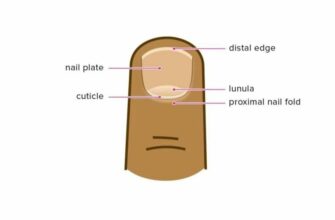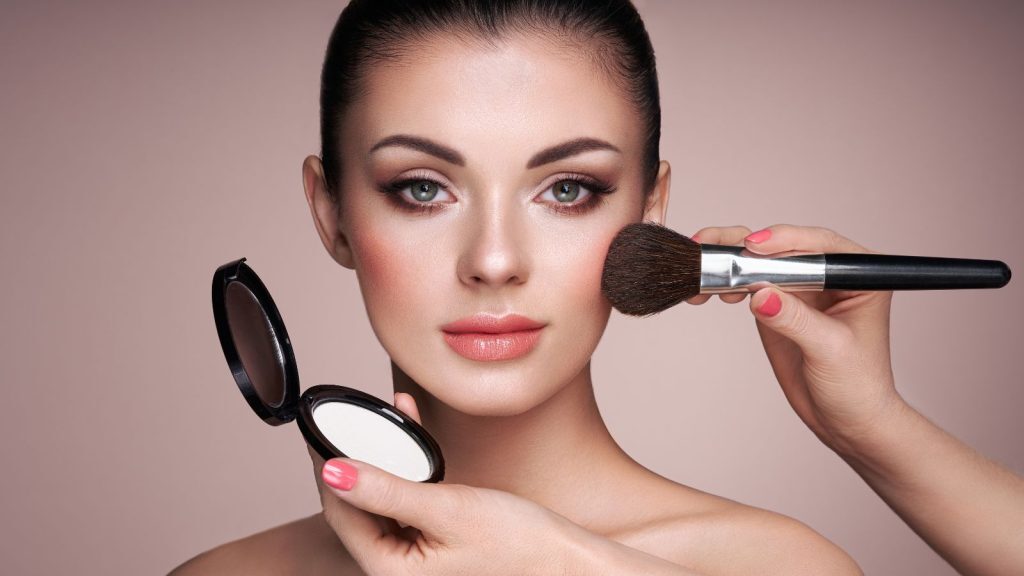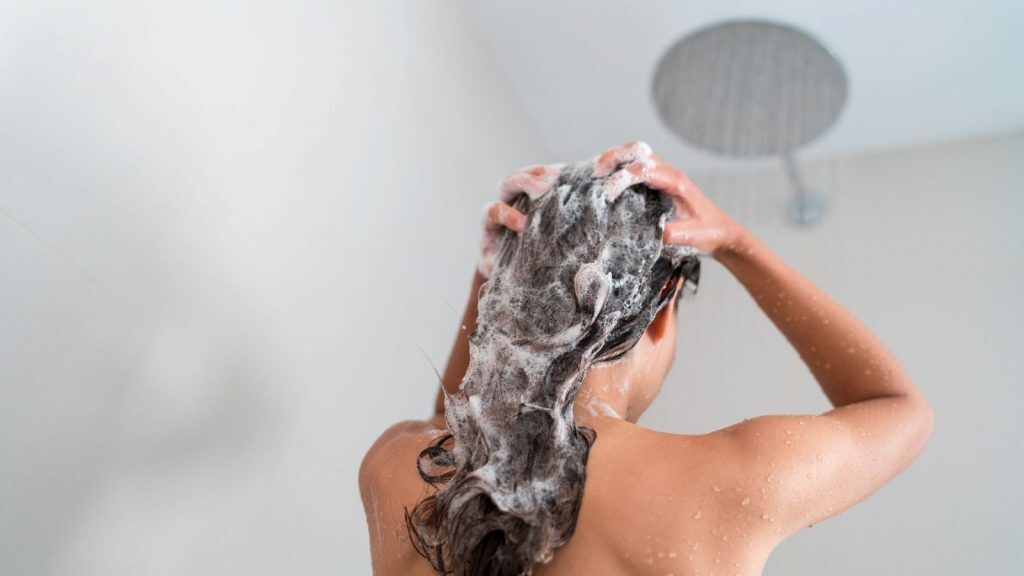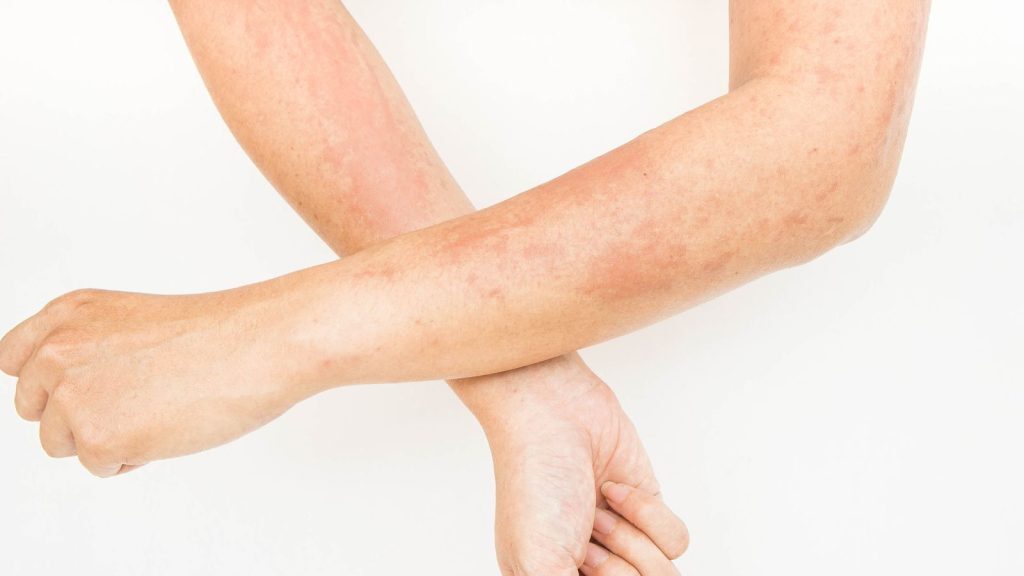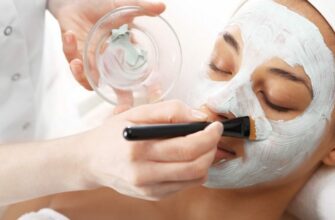If you’ve ever dyed your hair, you know that the process can be a bit intimidating. But even more daunting than dyeing is removing color from your hair. How do hair color removers work? To answer this question and more, let’s look at how these removers work and their advantages.
A hair color remover is designed to remove artificial dyes from your locks. The process involves decomposing the molecules of the synthetic dye, making it effortless to remove.
If you have naturally dark or light brown hair, this product will not alter the shade because it is not effective on natural colors. This process stands out from bleaching or other harsh treatments as it ensures zero damage to your hair, making it the best choice.
Hair color removers typically come in two forms: creams or liquids. Both products contain ingredients such as ammonium chloride (which helps to open up the cuticle layer of each strand) and sodium hydrosulfite (which breaks down artificial pigment).
When you apply either form of remover to your hair, it begins to break down any chemical bonds that are holding the artificial dye in place. It allows the pigments to be removed without damaging the underlying structure of your hair shafts.

One of the most common hair color removers is bleach. Bleach breaks down the pigment in hair, which can then be washed out. While bleach boasts its efficacy in removing hair color, it is crucial to exercise caution due to its potential to harm the hair.
Vitamin C is another common hair color remover. Vitamin C breaks down the pigment in hair, which can then be washed out. Vitamin C is a gentle hair color remover less likely to damage hair than bleach.
Baking soda is a common household product that can also be used to remove hair color. Baking soda absorbs the pigment in hair, which can then be washed out. Baking soda is a gentle hair color remover less likely to damage hair than bleach.
Lemon juice is another household product that can be used to remove hair color. Lemon juice bleaches the hair, which can then be washed out. Lemon juice is a gentle hair color remover less likely to damage hair than bleach.
In addition to everyday household use, hydrogen peroxide can be used for hair color removal. Hydrogen peroxide bleaches the hair, which can then be washed out. Hydrogen peroxide is a gentle hair color remover less likely to damage hair than bleach.
Vinegar is another household product that can be used to remove hair color. Vinegar breaks down the pigment in hair, which can then be washed out. Vinegar is a gentle hair color remover less likely to damage hair than bleach.
Ammonia is a chemical compound that can also remove hair color. Ammonia breaks down the pigment in hair, which can then be washed out. To prevent hair damage, it is advised to limit the usage of ammonia as a hair color remover due to its strong properties.

Before using any hair color remover, it’s essential to do a patch test. It will help you to determine if you’re allergic to the product. For a patch test, administer a tiny portion of the product onto a small section of your skin, such as the inner surface of your forearm. In case of experiencing redness, itching, or swelling, avoid using the product.
Once you’ve determined that you’re not allergic to the product, read the instructions carefully. It will help you use the product correctly and avoid potential accidents.
When using a hair color remover, it’s important to wear gloves. Shield your hands from the harmful chemicals in the product by using it.
Ensure that your hair is dried before using the remover. Wet hair can cause the chemicals in the remover to be more effective, which could lead to damage.
Be careful to avoid getting the hair color remover on your skin. If you get the product on your skin, rinse it immediately with water.
Rinse your hair thoroughly with water after using the hair color remover. You may also want to shampoo your hair several times to remove residual chemicals.
Your hair may become dry and brittle after using a hair color remover. To help restore moisture, make sure to condition your hair after rinsing it out.
Avoid heat styling your hair for 24 hours after using a hair color remover. It includes blow drying, flat ironing, and curling. Heat styling can further damage already damaged hair.

Baking soda is a natural cleaning agent that can also remove hair color. Mix baking soda with water to paste and apply it to the hair. Leave the paste on for 20 minutes before rinsing out.
Vitamin C is another natural ingredient that can be used to remove hair color. Mix vitamin C powder with water to form a paste and apply it to the hair. Leave the paste on for 30 minutes before rinsing out.
Lemon juice is a natural bleaching agent that can remove hair color. Blend water and lemon juice, then use the mixture to treat the hair. Leave the mixture on for 30 minutes before rinsing out.
Household bleach can also be used to remove hair color. Apply a mixture of water and bleach to the hair for usage. Wait for 10 minutes before washing off the mixture. Note: Bleach can damage the hair, so using it sparingly and only as a last resort is vital.
Most beauty supply stores sell commercial hair color removers as well. These products typically contain chemicals that help strip the hair’s color, so they should be used according to the instructions on the package.
The effective elimination time differs depending on the quantity and duration of color application, yet it usually takes approximately 10-15 minutes to completely remove.
Afterward, you may need to use a clarifying shampoo or deep conditioner, depending on how much has been removed from your strands.
The main advantage of using a color remover is that it can help remove unwanted hues without causing damage to your tresses, as bleaching would do.
Additionally, many color removers are formulated with nourishing ingredients such as keratin and argan oil, which help restore moisture to dry strands while simultaneously removing excess dye particles from them!
Finally, they are relatively easy to use and don’t require any special knowledge or skill set, making them ideal for anyone looking to change their look without spending hours in a salon chair!
Hair color removers are an effective way to get rid of unwanted hues without damaging your strands, as traditional methods would do.
Whether you’re looking for an all-over solution or want to remove highlights from specific areas, these products offer fast results without requiring any special knowledge or skill set – perfect for those who want an easy DIY option!
With nourishing ingredients such as keratin and argan oil, plus no harsh chemicals present in their formulas – these products provide a safer alternative for those wanting to experiment with their look!
Intended Audience: People who want an easy DIY solution to quickly and safely remove unwanted hues from their strands quickly and safely.

A hair color remover is a product designed to eliminate undesired hair color. Chemical and physical are the two primary categories of hair color removers.
Chemical hair color removers break down the molecules of the hair color, while physical hair color removers work by physically removing the hair color from the hair shaft.
A chemical hair color remover breaks down the molecules of the hair color. The most common chemical used in a hair color remover is an alkaline agent, such as sodium hydroxide or potassium hydroxide. These chemicals break down the molecular bonds that hold the hair color molecules together.
A physical hair color remover removes the hair color from the hair shaft. The most common type of physical hair color remover is shampoo—Shampoos work by physically stripping the hair of its color pigment.
There are several benefits to using a hair color remover:
- It can be used to correct unwanted hair coloring mistakes.
- It can remove build-up from products containing artificial colors, such as shampoos and conditioners.
- It can lighten the natural shade of your hair before coloring it anew.
- Some risks are associated with using hair color removers: Chemical hair color removers can cause scalp irritation and burns if not used correctly.
- Physical hair color remover can damage the hair shaft if used excessively.
- Both hair color removers can strip away natural oils from the hair, leaving them dry and brittle.


